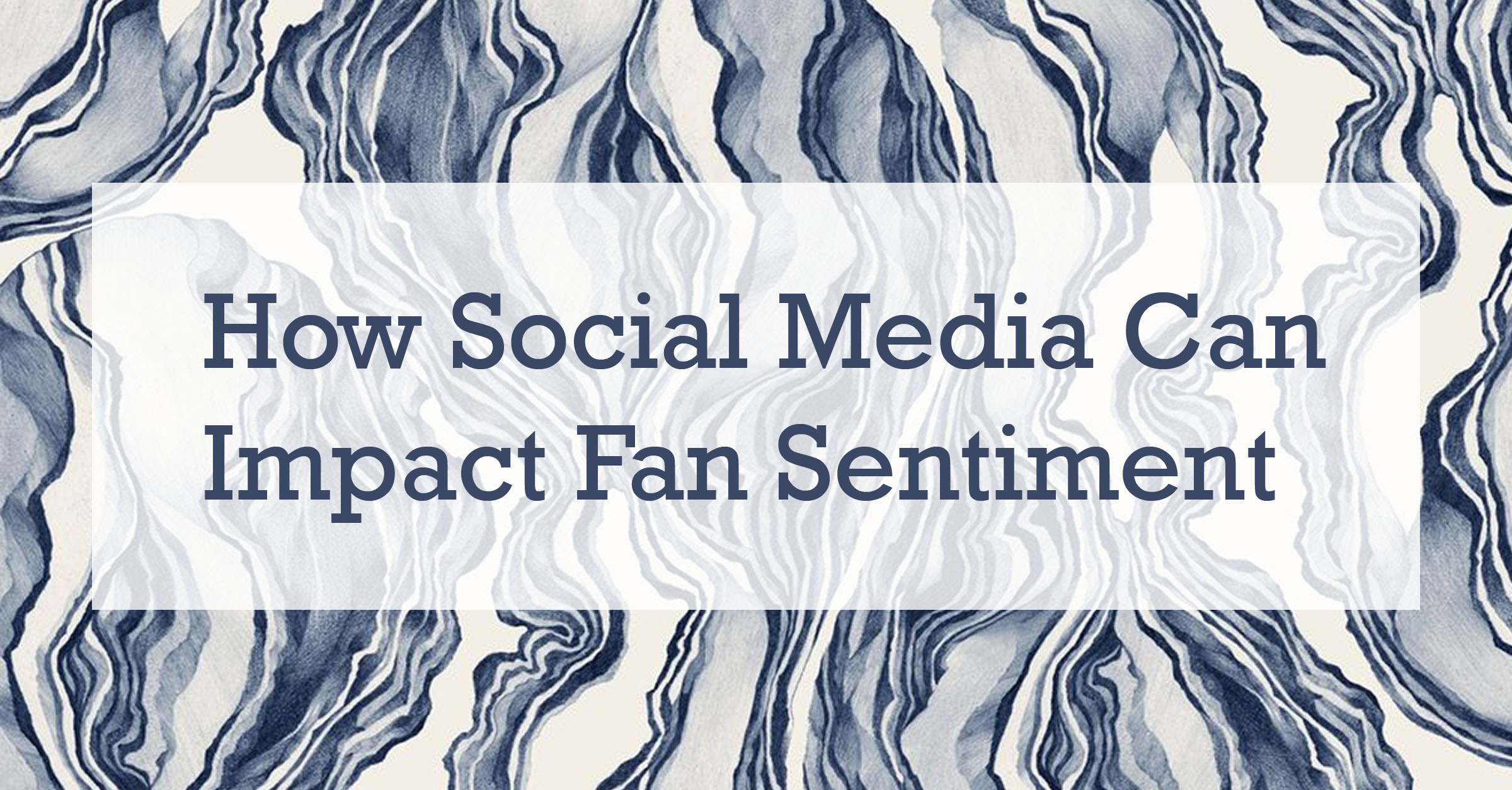How Social Media Can Impact Fan Sentiment
One of the most rewarding and fulfilling aspects of being a community manager is the ability to engage with a brand’s core fan base each day. Community management offers brands the opportunity to speak with fans in real-time – one of the things that make social media so unique and valuable, and most importantly, integral to a business’s growth.
Fans want to feel like they are valued by the brand and are a part of the team. While customer service is an integral part of a social media campaign, when a brand can elicit positive emotions on social media from a follower, chances are, you’ve done your job correctly. How you choose to interact with your followers is extremely important in the realm of sentiment. Positive word-of-mouth and sales leads are the goal, and keeping tabs on fan sentiment about your brand can offer key insights that can affect your businesses bottom line.
Here are four ways your brand can engage its fan base and increase positive sentiment:
- Utilize Hashtags:By creating a unique hashtag for your brand, you can easily listen to and join conversations your fans are engaging in. Pro tip: Hashtags for entering a contest or creating evergreen hashtags can help you track and monitor communications about your brand.
- Build Relationships: Start conversations with fans who interact with your brand and engage with them on other relevant topics aside from your brand. Liking their photos or commenting about a topic can often transform a fan into a brand advocate.
- Cultivate Advocates: These are the fans who consistently talk about your brand and jump into conversations with you daily. Advocates are essential to community growth. Plus, their word-of-mouth praise can drive new business for the brand.
- Take Advantage of Giveaways: Nothing says “I appreciate you” more than rewards. When a brand reaches out to its loyal followers and rewards them with product, the fan is typically overwhelmed with joy. Even if the fan was originally impartial to the brand, a giveaway or a prize can be the point at which they become true brand advocates.
- User Generated Content: Sharing fans’ content on your brand’s channels can bolster engagement and brand affinity not only from the fan but also new potential customers. Seeing that real people use your product in their everyday life can be more of a motivation to purchase than any other methods of promotion.

